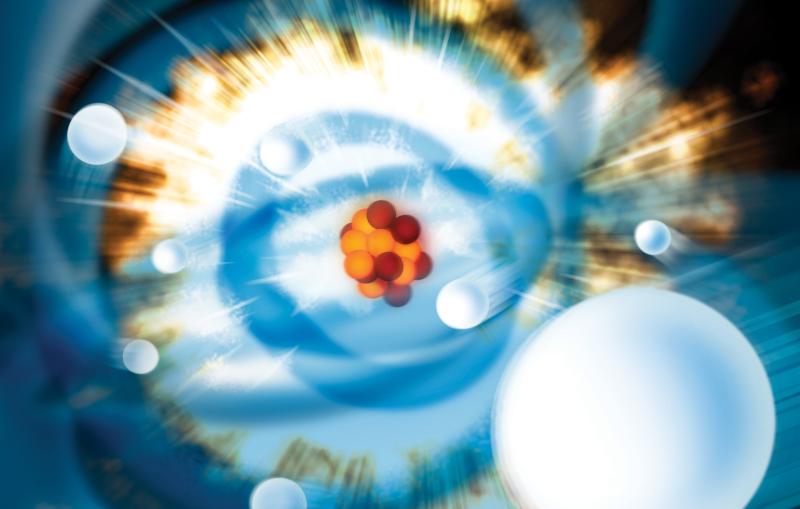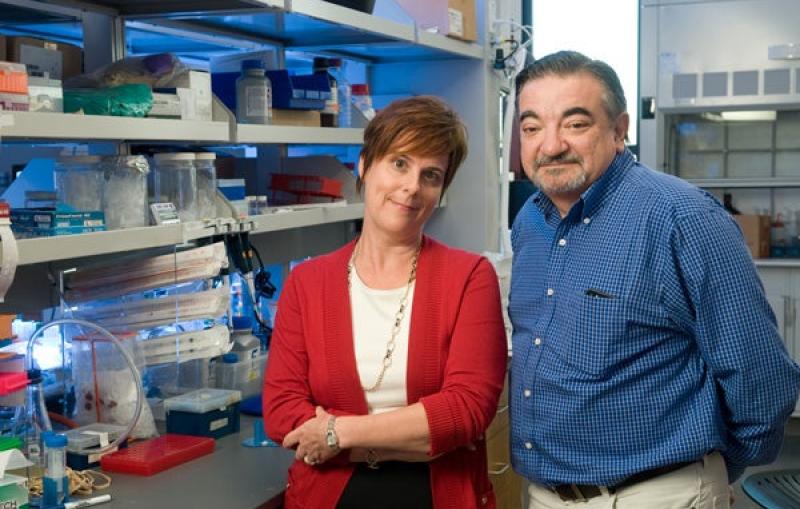Illustration
Ultra-bright X-ray laser pulses of the Linac Coherent Light Source

News Feature

Ultra-bright X-ray laser pulses of the Linac Coherent Light Source

